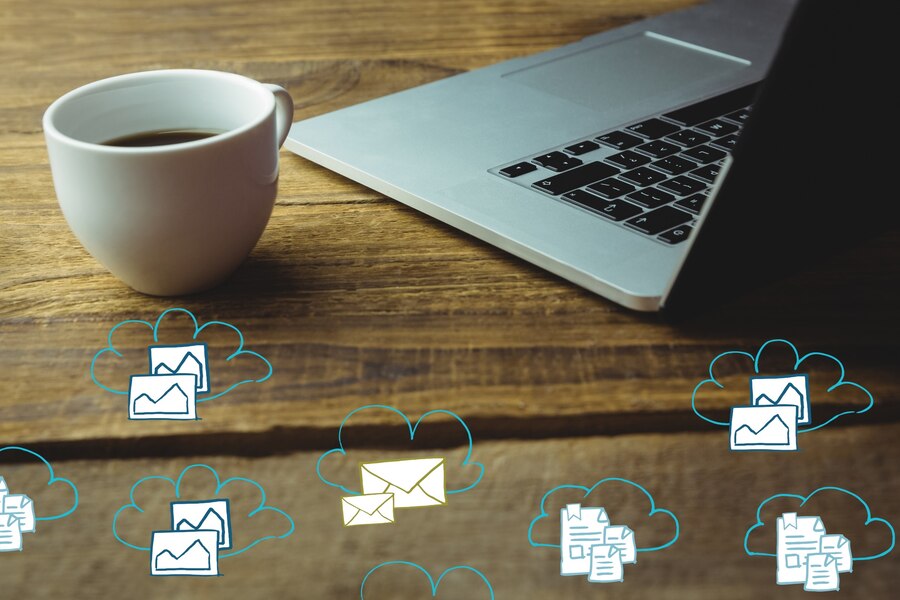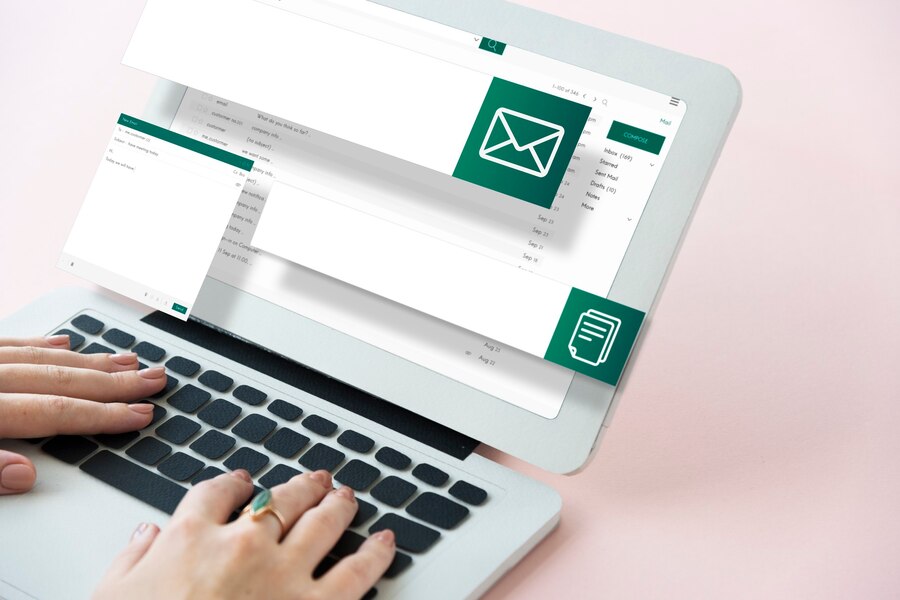Email Marketing Software Dos And Don’Ts: Common Mistakes To Avoid
by Ankita Tripathy Business Intelligence Published on: 26 February 2024 Last Updated on: 08 May 2025

The digital era of today has made email marketing a cornerstone for businesses to connect with their audience effectively. However, executing successful email campaigns requires more than just sending out mass messages. It calls for a strategic approach, utilizing the right tools, and avoiding common pitfalls that can damage the whole campaign. What comes to the rescue is well-organized software and the right ways to use it. Are you looking to work effectively with email marketing software and bring out the best in the messages that you send to your audience? Scroll down to get your hands on the dos and don’ts of email marketing software, along with key mistakes to steer clear of.
The Dos Of Email Marketing Software
Here’s exactly what you should do when working with email marketing software to make the best use of the same.
1. Segment Your Audience

Segmenting your email list means bifurcating your subscribers into groups based on their interests, behaviors, or demographics. This allows you to send targeted messages that are more likely to resonate with each group, further increasing conversions. For example, if you run an online clothing store, you might create segments for men’s clothing, women’s clothing, and accessories.
2. Personalization Is Key
Using personalization tokens, you can dynamically insert the names, locations, or past purchase histories of your subscribers into your emails. This adds a personal touch that catches their attention and makes them more likely to engage with your content. Remember, people want to feel like you’re speaking directly to them, not just sending a generic message to everyone on your list.
3. Optimize For Mobile
It’s crucial to optimize your emails for mobile devices. Choose an email marketing platform that offers mobile-responsive templates, ensuring your messages look great and function smoothly on smartphones and tablets. This way, you can reach your audience wherever they are, whether they’re on the go or relaxing at home.
4. A/B Testing

A/B testing, also known as split testing, allows you to understand what works with your email campaigns by experimenting with different subject lines, sender names, or call-to-action buttons. Once you see which version resonates most with your audience, you can learn what elements drive engagement and refine your strategy accordingly. It’s like having a secret formula for success, tailored to your unique audience.
5. Automate Where Possible
Email marketing automation allows you to set up triggers and workflows to deliver personalized messages at the right time, without manual intervention. Whether it’s sending a welcome email to new subscribers or following up with customers after a purchase, automation saves a lot of time. Not to forget, it ensures consistent communication with your audience, further letting you nurture leads and build relationships on autopilot, saving a great deal of time to focus on your business.
6. Monitor And Analyze Performance
Monitoring and analyzing your email performance is quite similar to having a dashboard for your marketing campaigns. Tracking open rates, click-through rates, and conversion rates provides you with valuable insights that help make data-driven decisions and optimize your email strategy. Keep adjusting your approach with the changing metrics to maintain a positive email IP reputation to ensure that your emails reach inboxes instead of being flagged as spam.
Note: It’s essential to leverage tools such as an email warmup tool to gradually increase the sending volume and engagement of new email addresses, which in turn, improves deliverability.
The Don’ts Of Email Marketing Software

Speaking of any application, the don’ts are as important as the dos. And that’s why, we must take a look at what you must not do when handling email marketing software.
1. Don’t Overwhelm Subscribers
Don’t bother your subscribers with too many emails as this can overwhelm them and lead to fatigue. Also, avoid sending irrelevant content; instead focus on quality over quantity and try to provide value with each message.
2. Avoid Generic Content
You may end up making your subscribers feel uninspired and unengaged by sending generic, one-size-fits-all content. Therefore, don’t use generic language or templates that lack personalization. Instead, try understanding the interests and preferences of your audience, further tailoring your content accordingly. This gives a message to your subscribers that you value their individuality and opinions.
3. Don’t Neglect Email Design
Avoid using outdated or poorly designed templates that compromise readability or usability. Not emphasizing email design can detract from the effectiveness of your messages and make them less appealing to recipients. It’s best to use email marketing software with customizable templates and intuitive design tools to work up visually appealing emails that boost engagement.
4. Avoid Misleading Subject Lines
Misleading or clickbait subjects to capture the attention of the recipients can damage credibility. The key is to avoid resorting to deceptive tactics to boost open rates or engagement, further using accurate subject lines to reflect the content of the emails and provide value to recipients. This works as the building block for positive interactions with your audience.
5. Don’t Ignore Compliance
Never fail to pay attention to email marketing regulations such as GDPR (General Data Protection Regulation) and the CAN-SPAM Act. Avoid sending emails without proper consent or failing to provide a clear way for recipients to unsubscribe as this can lead to serious consequences for your brand. Instead, make yourself aware of all relevant regulations, followed by making your email marketing practices compliant with them. This not only protects the privacy of your subscribers but also establishes your reputation as a trustworthy sender.
6. Avoid Ignoring Analytics

Avoid neglecting to track key metrics such as open rates, click-through rates, and conversion rates. The reason behind the same is that ignoring analytics data from your email campaigns may often leave you wondering about their performance and effectiveness. The key is to monitor and analyze your email performance regularly to identify trends, patterns, and scope for improvement, which in turn, lets you make informed decisions and optimize your email strategy.
Common Mistakes To Avoid
Users are likely to commit one or more of the following mistakes when working on email marketing campaigns. Making sure to avoid the same can bring out a huge difference to your tasks.
1. Neglecting to Clean Your Email List
It’s imperative not to forget a regular tidying up of the email list by removing inactive or invalid addresses. Invalid IDs may cause your emails to be delivered less often, thereby increasing the likelihood of them being marked as spam.
2. Not Paying Attention To Feedback
Ignoring feedback from subscribers, such as reasons for unsubscribing or replies prevents you from addressing concerns, further failing to enhance the email content and strategy.
3. Not Considering Mobile Users
Not focusing on mobile optimization can strongly lead to poor user experience and less engagement as most emails are opened on mobile devices.
4. Only Concentrating On Sales
Only concentrating on selling to subscribers without offering valuable content or nurturing relationships can result in more people unsubscribing and less loyalty toward your brand.
5. Forgetting To Test
Forgetting to test emails on different email platforms, devices, and screen sizes can cause formatting mistakes or elements that don’t work properly, which can lessen the user experience and hamper email IP reputation.
6. Neglecting To Update Content
Make sure not to send outdated or irrelevant content as it demonstrates a lack of attention to detail, further damaging the reputation of a brand. Regularly reviewing and updating email content ensures it stays timely and valuable to recipients.
Taking a look at the above hacks, it can rightly be stated that mastering email marketing calls for a mix of planning, using email marketing tools, and steering clear of typical errors. Additionally, optimizing your content for search engines (SEO) can boost visibility and traffic to your website. By adhering to these dos and don’ts, businesses can utilize email marketing software effectively to connect with their audience, increase conversions, and build lasting relationships.
Read Also:



































































































